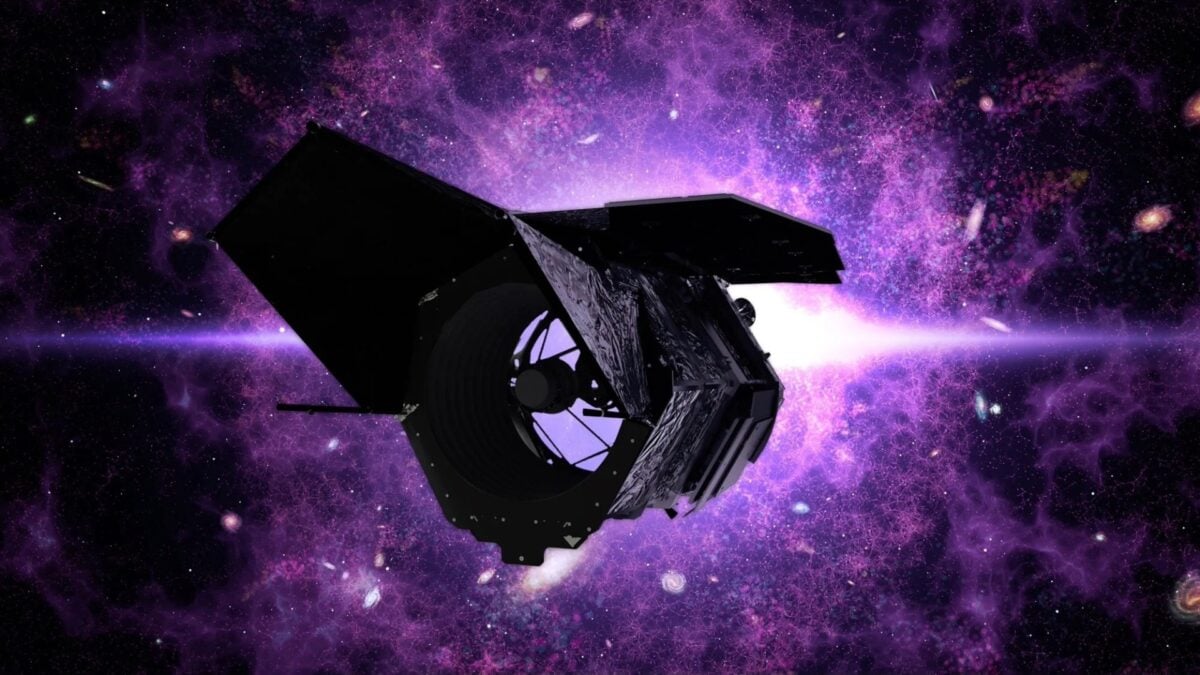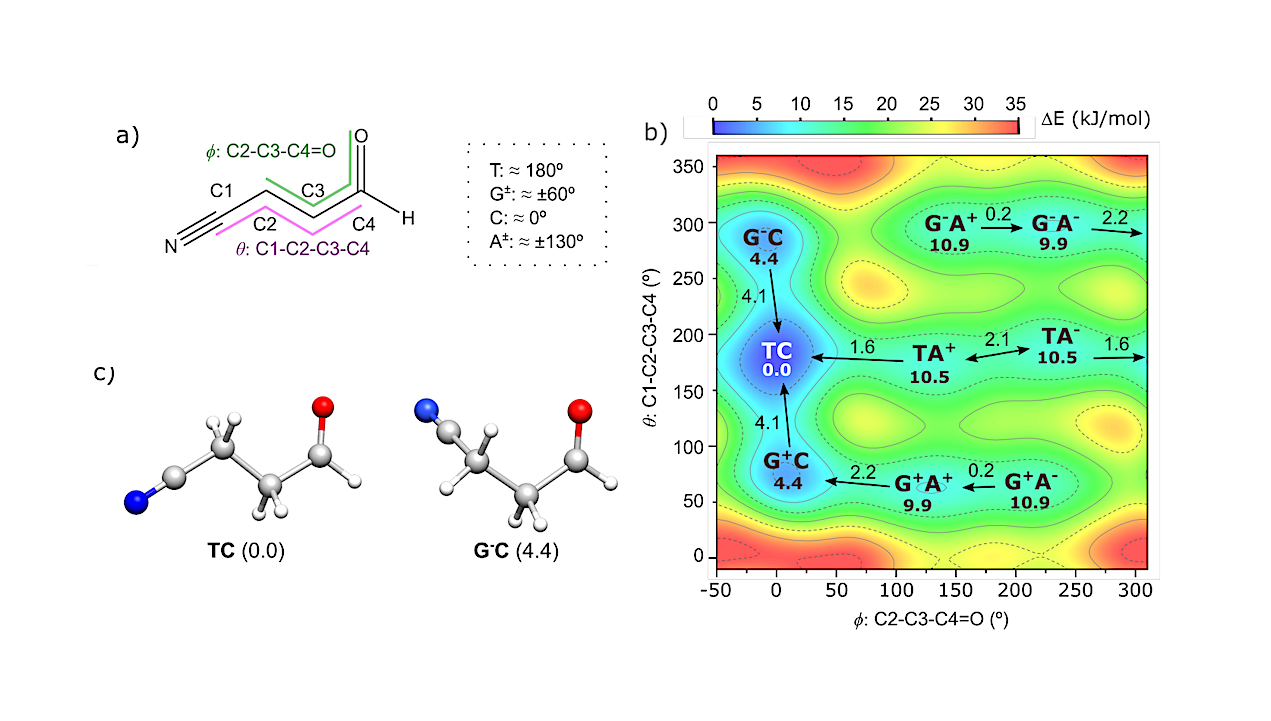Earlier this year, leaked budget cuts cast a dark shadow over the future of NASA’s Nancy Grace Roman Space Telescope—a multi-billion-dollar instrument with the capacity of “200 Hubbles,” according to experts. Thankfully,…
Category: 7. Science
-
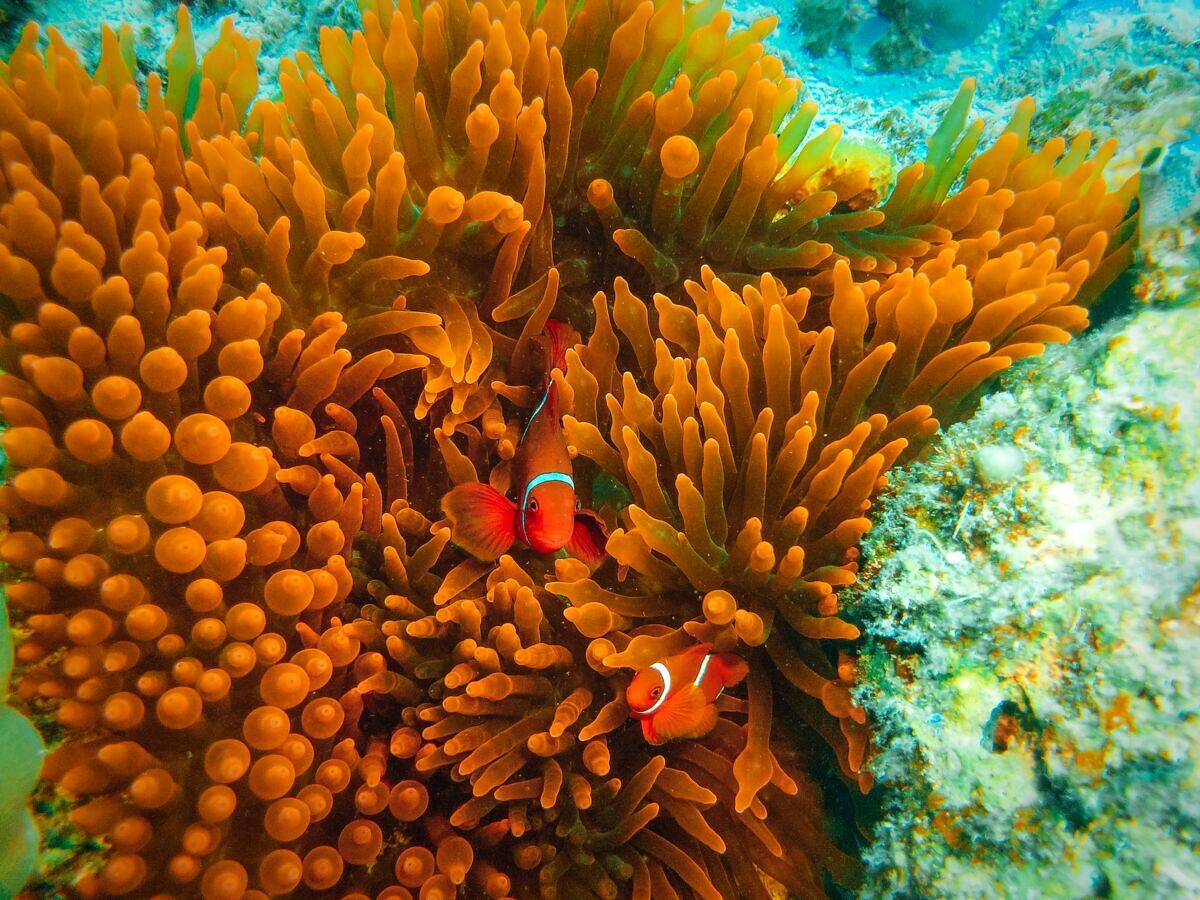
National Parks to Visit in 2026: Great Barrier Reef, Australia
In 2024, the reef experienced its most widespread coral-bleaching event on record, affecting the entire reef system. By 2025, surveys by the Australian Institute of Marine Science (AIMS) documented the largest annual drop in live coral…
Continue Reading
-
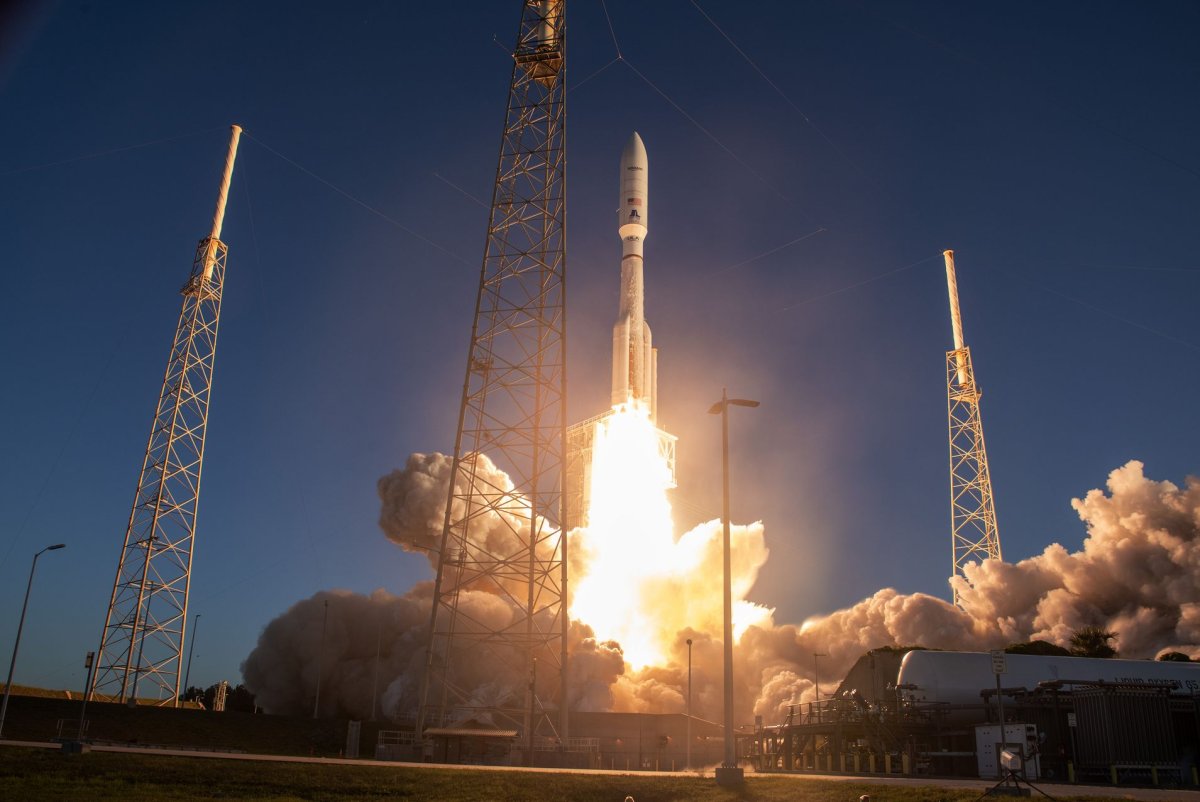
ULA lifts 27 Amazon satellites on Atlas V rocket
United Launch Alliance (ULA) Atlas V rocket pictured in June lifting off from Space Launch Complex 41 at Cape Canaveral Space Force Station in Cape Canaveral, Fla. ULA launched its Atlas V rocket fitted with 27 more Amazon Leo satellites for its…Continue Reading
-
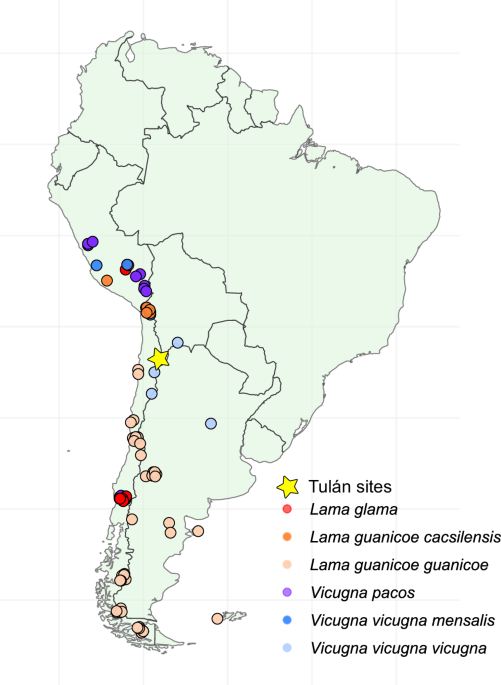
Palaeogenomics suggest domesticated camelid herding and wild camelid hunting in early pastoralist societies in the Atacama Desert
Permits and permissions
All research was conducted in accordance with Chilean regulations. Excavation permits were issued by the Consejo de Monumentos Nacionales de Chile (CMN) under permit N° 4409 (18.11.2013). Export of osteological samples…
Continue Reading
-
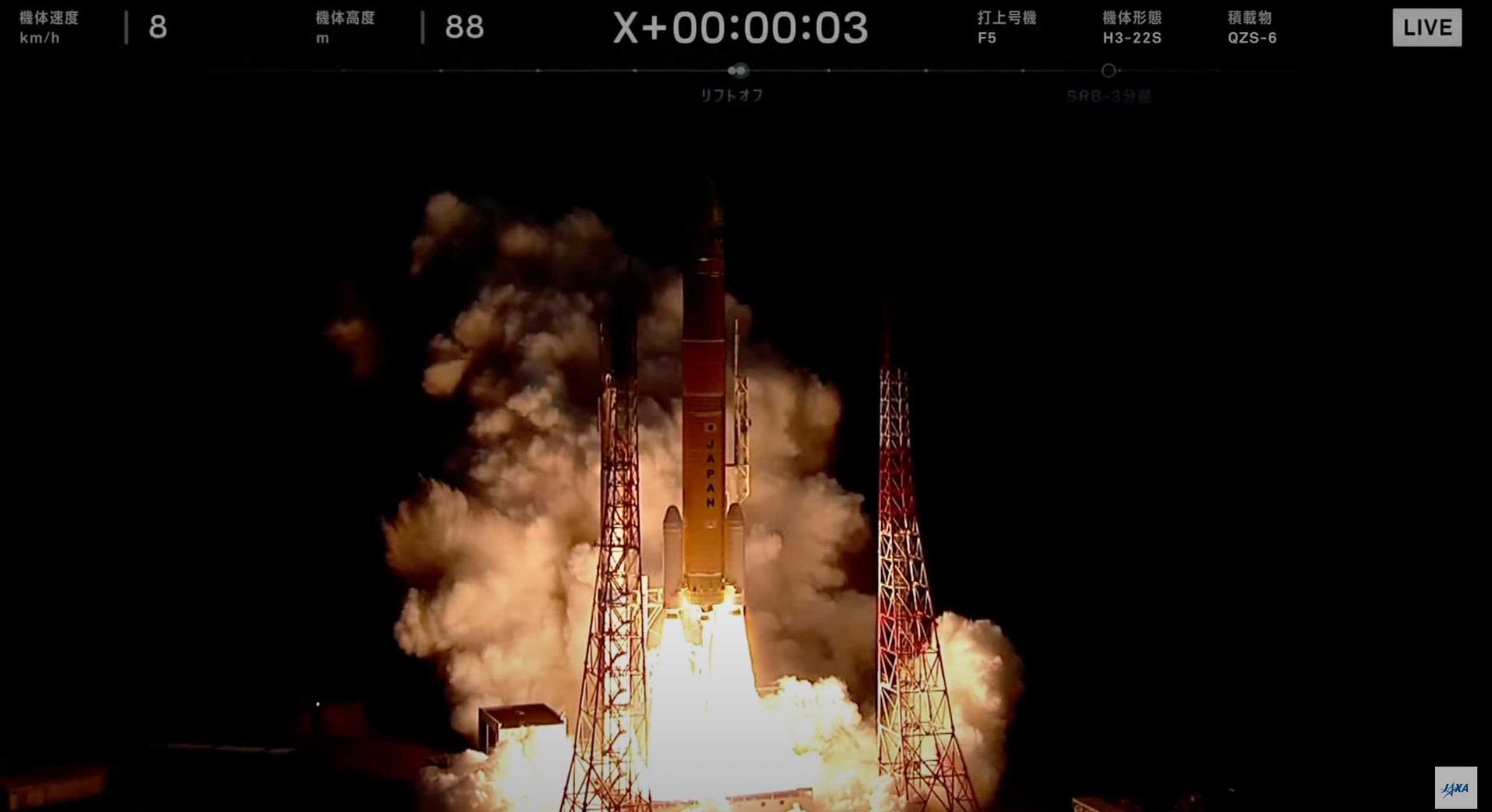
Watch Japanese H3 rocket launch Michibiki 5 navigation satellite tonight
準天頂衛星システム「みちびき5号機」 /H3ロケット8号機打上げライブ中継 – YouTube
Watch OnJapan will launch a new navigation satellite to orbit tonight (Dec. 16), and you can watch the action live.
Continue Reading
-
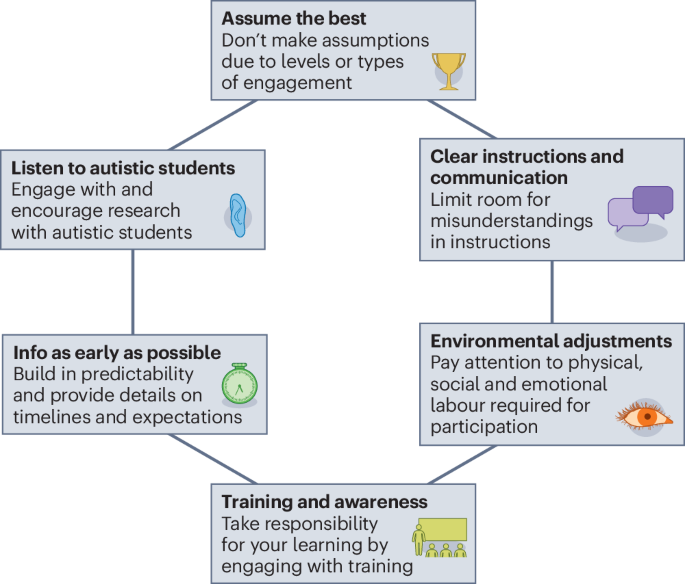
Autistic voices are an overlooked minority in geosciences
Autism is a lifelong condition impacting how individuals process information and interact with the world, simultaneously protected as a disability and recognized as a form of neurodivergence. Autism affects how people think, feel and communicate…
Continue Reading
-

Neurodivergent in astronomy: the early-career researcher edition
Cite this article
Dungee, R., Greene, O., Schonhut-Stasik, J. et al. Neurodivergent in astronomy: the early-career researcher edition.
Nat Astron 9, 1754–1757 (2025). https://doi.org/10.1038/s41550-025-02742-0Continue Reading
-
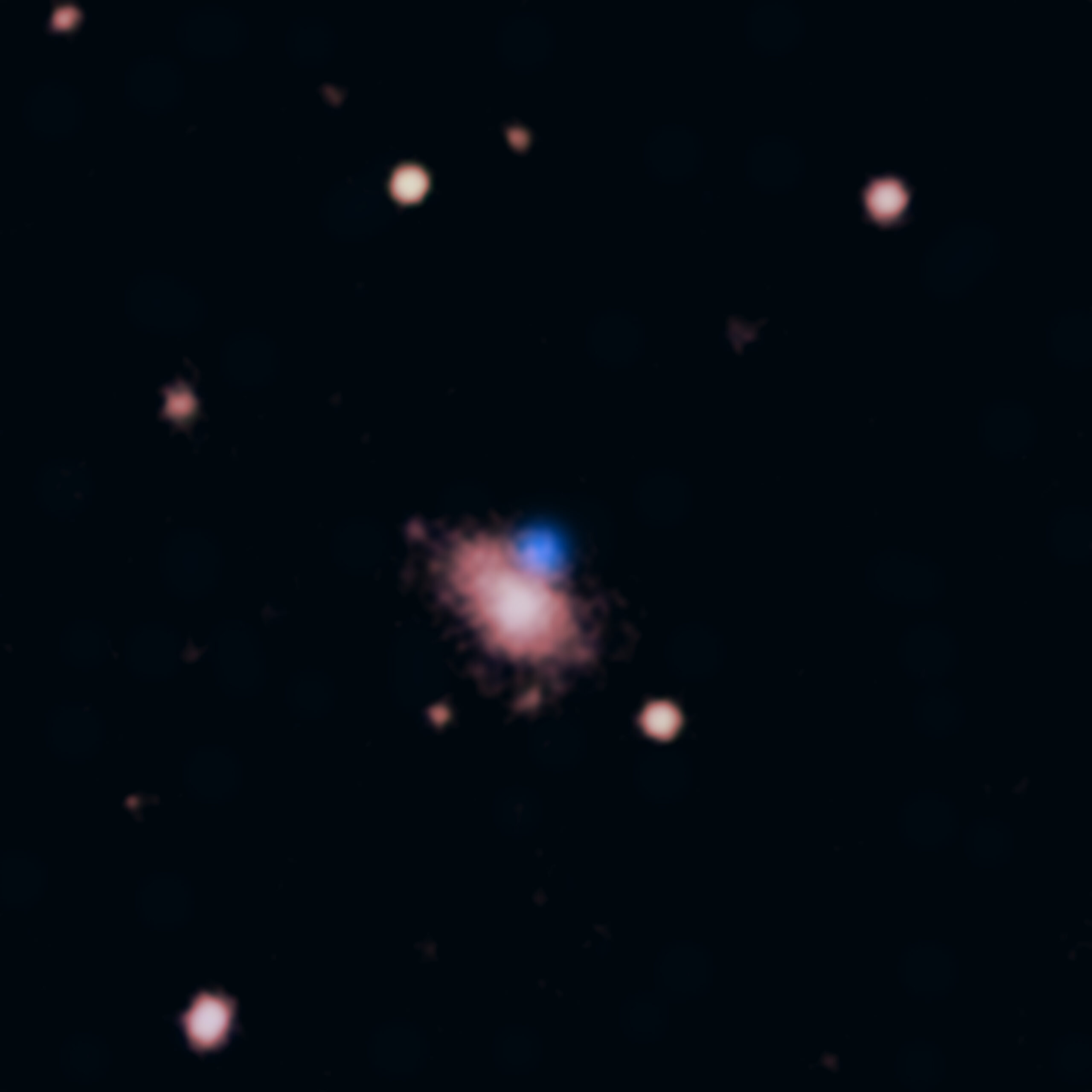
ALMA Helps Unmask Monster Black Hole Behind Record-Breaking Cosmic Burst
Astronomers have used the Atacama Large Millimeter/submillimeter Array (ALMA), of which the U.S. National Science Foundation National Radio Astronomy Observatory (NSF NRAO) in a partner, together with a suite of space- and ground-based…
Continue Reading
-
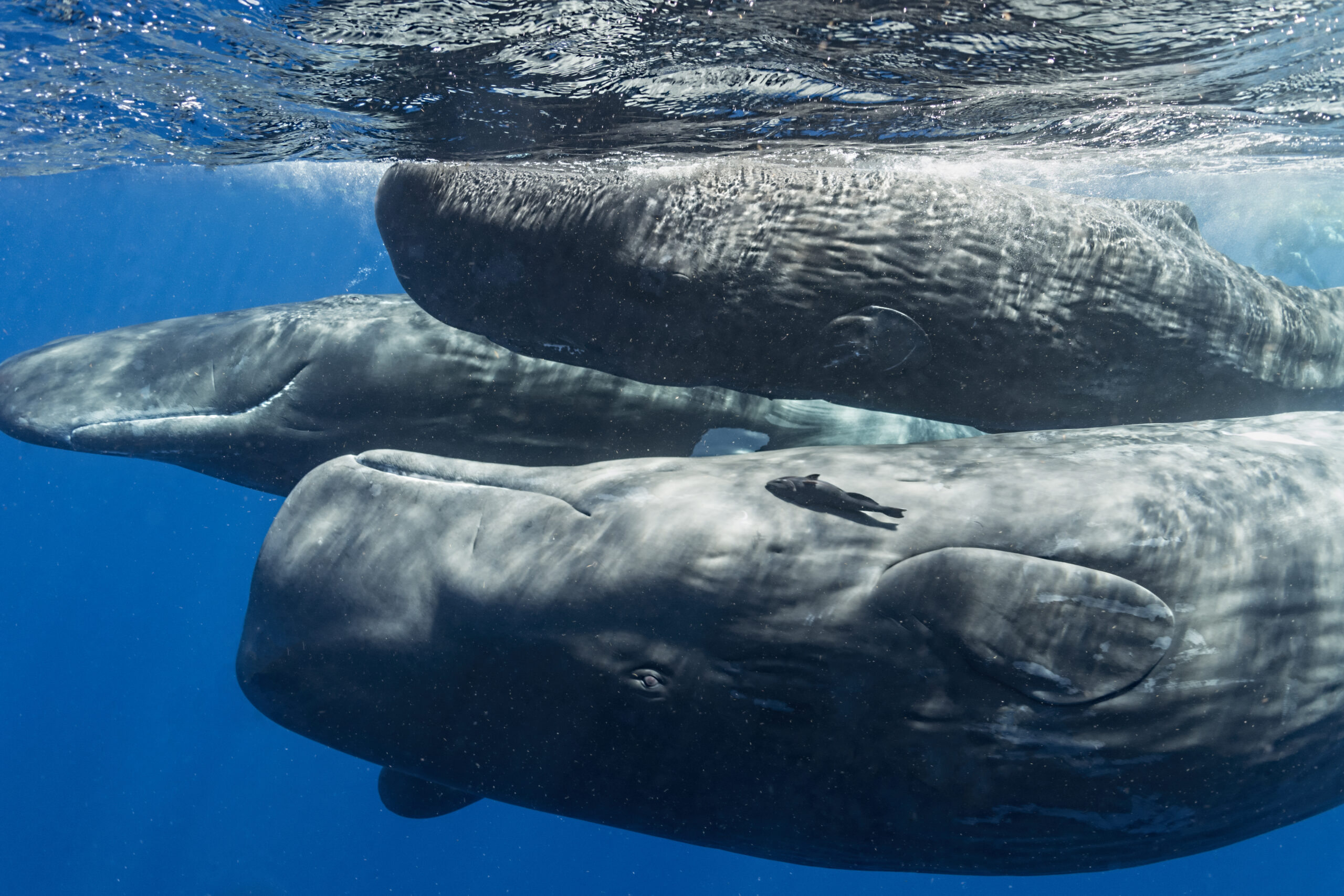
Scientists listen in on sperm whale communication with new tech
The non-invasive bio-logger attaches to whales using suction cups developed by Harvard robotics researchers, inspired by the anatomy of clingfish. Once deployed, the device uses three synchronised hydrophones to record…
Continue Reading
